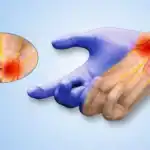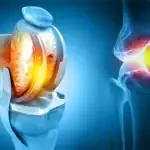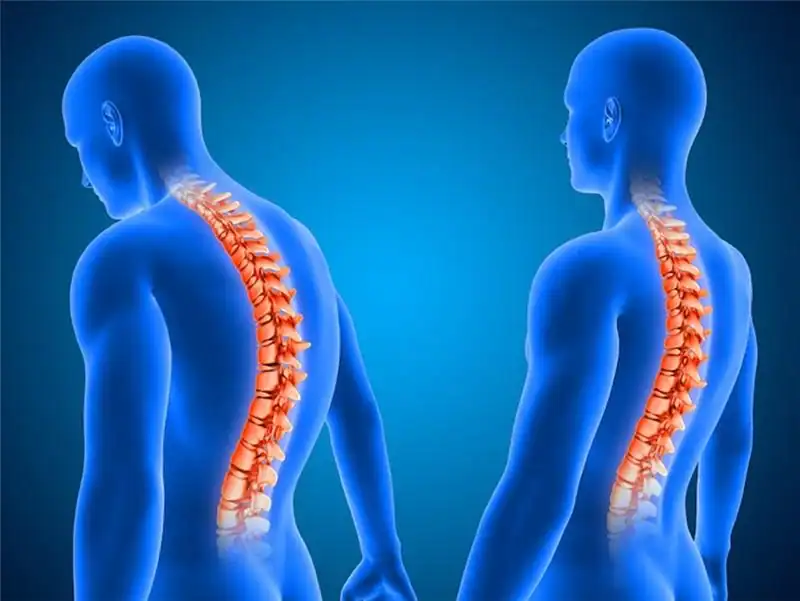
Can Lifestyle Changes Reverse Nerve Damage?
September 17, 2025
How Regenerative Medicine Helps Joint Repair?
October 18, 2025Whenever neuropathic pain is sharp, burning, or tingling, it becomes a disruption to life. Neuropathy and sciatica, in this regard, are common offenders. While they may seem familiar at first glance, in practice, they are incredibly different in terms of causation, pattern, and treatment methods.
Grasping those differences will be your key to lasting relief. Whether you’ve considered Cymbalta for neuropathy, non-surgical neuropathy treatment, or tramadol for sciatica nerve pain, the first step to recovery is receiving an accurate diagnosis.
What Exactly Is Neuropathy?
Peripheral neuropathy refers to the condition caused when the peripheral nerves—the nerve fibers lying outside the brain or spinal cord—get damaged. These nerves convey sensory feelings from your body to the brain.
What gets mixed up—this disruption of signals, weakening of signals, or sending exaggerated ones?
Neuropathy has several causes, with diabetes, vitamin deficiencies, autoimmune diseases, infections, and heavy alcohol consumption being among the more predominant ones. Trauma to the nerves or repeated stress may also cause neuropathic damage.
Symptoms often begin with an insidious onset. Patients frequently complain of numbness and burning sensations in the feet or hands. The sensations gradually ascend. These pains may be sharp or dull or may increase with abnormal touch perception. Neuropathy can affect motor, sensory, or autonomic nerves, which causes the presentation to vary from patient to patient. Cymbalta for neuropathy is often prescribed to relieve pain.
Finding a neuropathy clinic near me may represent a turning point for many patients. These specialized centers aim to identify the actual cause using the most current diagnostic methods and provide integrated, individualized treatment, including various approaches such as physical therapy, nutritional support, and regeneration.
What Is Sciatica?
Sciatica results from irritation or compression of a nerve, distinguishing it from neuropathy, where there may be actual injury to the nerve itself. Named after the longest nerve in the body, the sciatic nerve arises in the lower regions of the spine, goes through the hips and buttocks, and further down into each leg.
Being pressed or irritated may cause symptoms along the nerve due to a herniated disc, bone spur, or spinal stenosis. These conditions cause a very particular kind of pain. Contrary to what the name implies, most people with sciatica report pain on one side of their body. The pain usually originates in the lower back and travels down through the buttocks and the leg. It can be sharp, electric, or burning; at times, numbness or weakness in the affected leg may also be present.
Sciatic pain, in most cases, appears suddenly after activities such as heavy lifting, a painful twist, or sitting for hours on end. It becomes worse with some movements, while with others, the pain goes away, either by changing positions or through therapy.
Doctors often prescribe tramadol for sciatica nerve pain to relieve short-term pain; this drug acts as an analgesic on the central nervous system, affecting the ability to perceive pain. With careful monitoring, tramadol is used for a short period because of its side effects and risk factors associated with dependence.
Key Differences in Symptoms and Causes
A brief comparison would conclude that neuropathy/sciatica pain is characterized by tingling or burning sensations. A closer look at the varied patterns of the two shows marked differences.
Neuropathy is usually the result of nerve injury, mainly due to systemic problems such as diseases like diabetes or nutritional deficiencies. Its symptoms are most commonly symmetrical and typically develop slowly, starting in either the hands or feet and progressing over time. These sensations are constant and are not precipitated by physical activity.
Sciatica is more mechanical in nature. It results from impingement of a nerve root in the lower spine. Usually, symptoms are unilateral in the lower half of the body. The pain extends from the lower back down the leg; it may wax and wane depending on posture, movement, or level of activity. It tends to start suddenly and does not show slow progression.
Conclusion
There is a high potential for sciatica and neuropathy to produce nerve pain, but their causes, patterns, and treatment methods are totally different. Neuropathy is usually a long-term condition caused by nerve damage and is mainly treated by non-surgical neuropathy treatment and supportive therapies. Sciatica arises from nerve compression, and some medications, with the help of focused physical intervention, can truly relieve it, including tramadol for sciatica nerve pain.
Never guess what kind of condition you might have. Seek professional advice for an accurate diagnosis and an optimal care plan.
At Restore Wellness Centre, we focus on accurately diagnosing and treating specific needs to help you address the root cause of nerve pain, not just the symptoms. Whether you’ve got neuropathy or sciatica—or both—our team works with you to bring back that feeling of comfort, ease of mobility, and quality of life.
Unsure If It’s Neuropathy or Sciatica?
Don’t guess what’s causing your nerve pain — get clarity and lasting relief. Contact Restore Wellness Centre today for an accurate diagnosis and personalized treatment!



